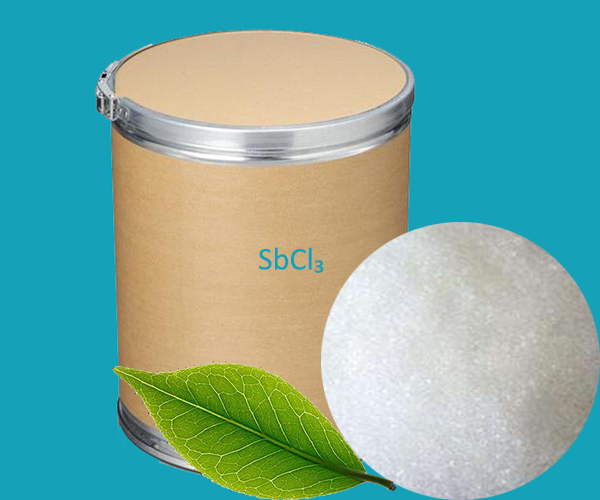Antimony trichloride (SbCl₃) is an inorganic compound composed of antimony and chlorine. It is a white or yellowish solid with a pungent odor that absorbs moisture in moist air and forms a hydrate of antimony chloride. Antimony trichloride decomposes when heated in air, releasing toxic chlorine gas and antimony oxide.
Antimony trichloride has a variety of applications shown as below:
1. Chemical synthesis: As a catalyst or reagent, antimony trichloride is used in organic synthesis for a variety of reactions, such as chlorination, polymerization, and coupling reactions.
2. Fungicides and preservatives: Antimony trichloride was once used in disinfectants and wood preservatives, but these uses have been reduced due to its toxicity and environmental concerns.
3. Textile treatment: Antimony trichloride was once used in the fire protection treatment of textiles because it can act as a flame retardant.
4. Electronics industry: In the semiconductor industry, antimony trichloride has been used as a dopant to control the conductivity of semiconductor materials.
5. Pharmaceuticals: Antimony trichloride has been used as a catalyst or reaction intermediate in the production of some drugs.
 English
English Español
Español Português
Português Français
Français Deutsch
Deutsch Русский
Русский 中文
中文 日本語
日本語
